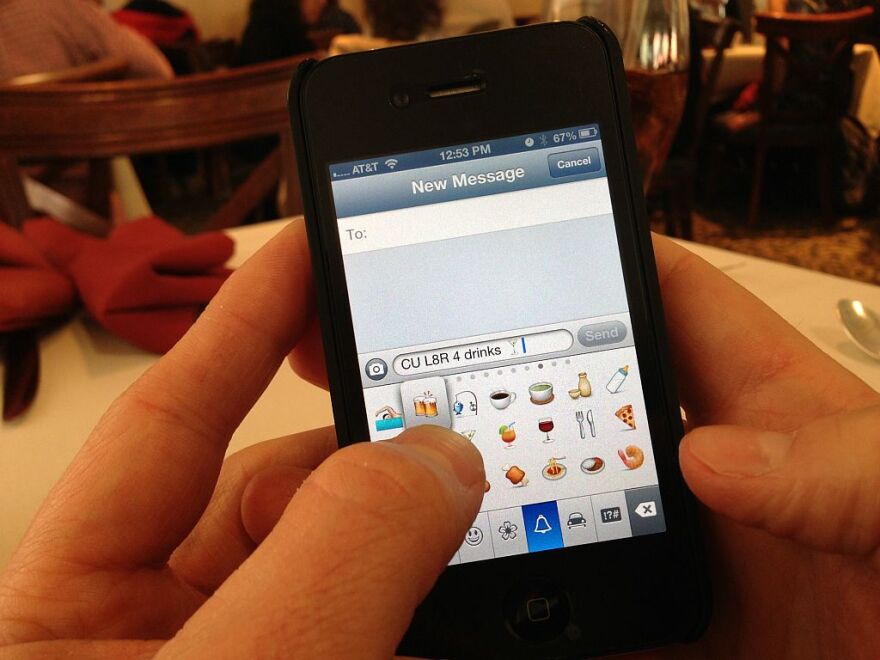Language is always evolving. Pick up a book printed 100 years ago and it’s clear that English has come a long way. But English has changed significantly even since the advent of computers.
While some linguists might say technology has led to the degradation of the English language, sociolinguist Lauren Collister contends that emoticons and text-speak have actually made our language more efficient, giving us the ability to say more while using fewer words.
80 years ago, an apology letter to a friend may have looked like this:
Dear Jackie,
My sincerest apologies for leaving you behind at the bar last night. I was entirely unaware that you weren’t with us.
Please know that I would never intentionally leave you behind. Our next cab ride is on me.
Collister says that today, your text to Jackie might look something like this:
JACKIE!! IM SO SO SO SORRY! I thought u were behind us in the cab and then I saw you weren’t!!!!! I feel soooooo bad! Catch another cab and ill pay it for youuuu!!!
While many writing rules were broken in the example above it was still effective at communicating the desired tone.
Making a case for emoticons, Collister says that “smileys” are used to convey happiness or a “joking” tone. Often, smilies are used to lighten the mood for what might, otherwise be interpreted as a terse statement.
Compare this sample text exchange between people who have been dating for a few weeks:
You didn’t call me when you got home last night. You said you would!
Versus:
You didn’t call me when you got home last night. :-( :-( You said you would! :-)
The first version of the text came across as accusatory and even suspicious, but the addition of smileys allows one to approach sensitive subjects without making things awkward.
While emoticons can be valuable in text conversations, some might argue that using pictures instead of words is a sign that language may be moving backwards. Though there may be merit to this concern, the wide variety of emoticons that have become available offer users more emotional range than ever, making complicated wordings unnecessary.
How often do you use emoticons or “smileys” in your daily correspondence? Do you feel like they help you convey the right message? Do you text differently than you email? Do you use elongated words, exclamation points or ellipses when you text?
Today on AirTalk, a discussion about the role text-speak plays in the way we communicate.
Guests:
Lauren Collister, sociolinguist and Electronic Publications Associate at the University of Pittsburgh. Lauren wrote the op-ed “Emoticons are improving the English language“ for Quartz
Tyler Schnoebelen, sociolinguist and co-founder of Idibon, a text analytics company that mines social media, emails and websites for business intelligence. Known as the “father of smiley linguistics”



